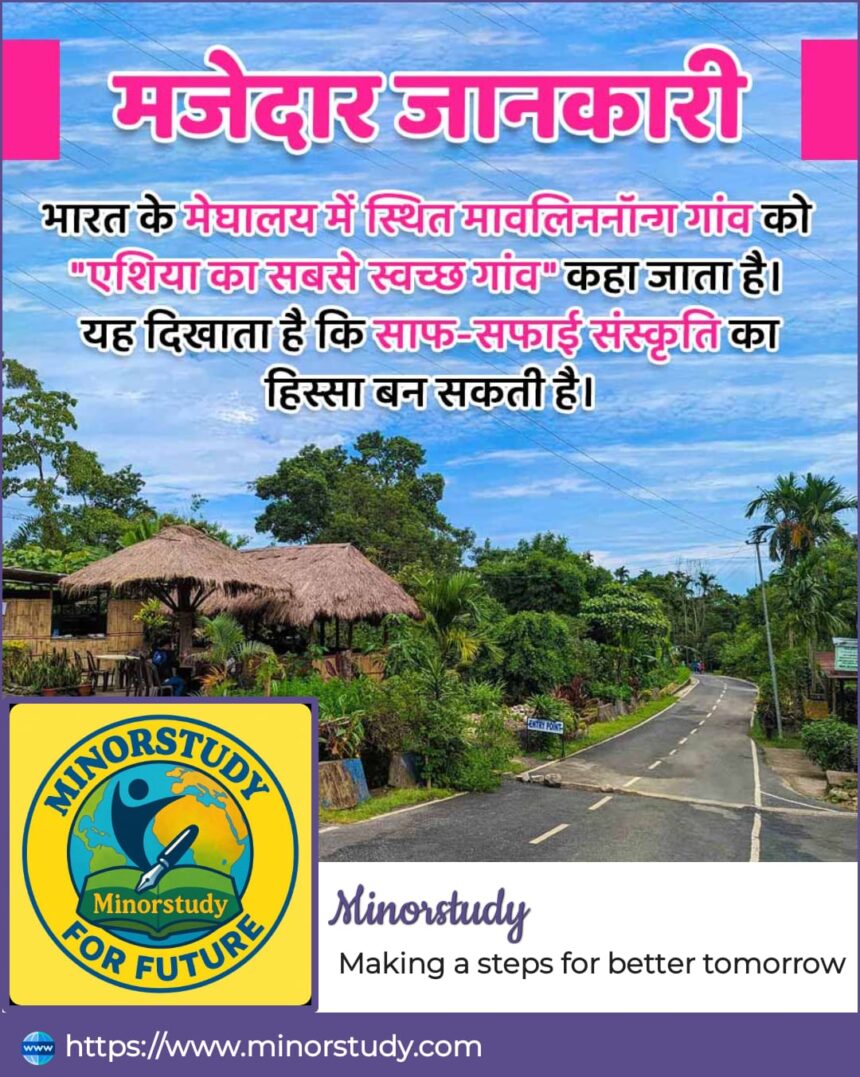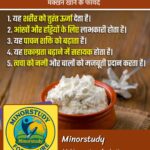🌿 9 Surprising Reasons Why Mawlynnong – Asia’s Cleanest Village – Is a Powerful Example of Positive Change
Mawlynnong: In the heart of Meghalaya, nestled amidst lush greenery, lies a tiny village with a massive reputation—Mawlynnong, lovingly called “God’s Own Garden.” Declared the cleanest village in Asia by Discover India magazine in 2003, Mawlynnong is more than just a tourist attraction—it is a living lesson in cleanliness, community responsibility, and sustainable living.
This human-friendly article explores the history, facts, FAQs, timeline, significance, observance, daily life impact, and lessons from Mawlynnong that can inspire the rest of India—and the world.
🏞️ Introduction: A Paradise of Purity
Imagine walking into a village where plastic is banned, each household has a bamboo dustbin, and every path is spotless. That’s Mawlynnong, a village that has become an international symbol of cleanliness and community-driven development.
With a population of around 600 people, the residents of this village have shown the world that cleanliness is not just a government campaign—it’s a lifestyle.
🕰️ Timeline: Journey to Becoming Asia’s Cleanest Village
| Year | Event |
|---|---|
| 2003 | Declared Asia’s Cleanest Village by Discover India magazine. |
| 2005 | Featured in major publications globally, including BBC and Nat Geo. |
| 2010s | Became a top eco-tourism destination in Northeast India. |
| 2014 | Aligned with Swachh Bharat Abhiyan. |
| 2020–2024 | Continued sustainable growth with solar lights, water harvesting, and green tourism. |
📚 History of Mawlynnong
Mawlynnong is located in the East Khasi Hills district of Meghalaya, approximately 90 km from Shillong. The Khasi tribe, which primarily inhabits the area, has long held cleanliness as a part of their cultural and spiritual values.
Unlike many places where cleanliness had to be enforced, here it was a generational tradition—passed from grandparents to grandchildren. It is matrilineal society where women lead households, and every resident takes pride in sweeping, maintaining, and nurturing their surroundings.
🔍 9 Powerful Facts About Mawlynnong
| # | Fact |
|---|---|
| 1️⃣ | Every household has its own bamboo-made dustbin for organic and inorganic waste. |
| 2️⃣ | Plastic and polythene bags are completely banned. |
| 3️⃣ | The village practices 100% literacy and gender equality. |
| 4️⃣ | Residents voluntarily clean streets and public spaces every morning. |
| 5️⃣ | Mawlynnong has its own community-managed waste system. |
| 6️⃣ | Toilets are present in every home—rare in rural India. |
| 7️⃣ | Houses are built using locally-sourced eco-materials like bamboo and wood. |
| 8️⃣ | The village uses rainwater harvesting and solar lighting. |
| 9️⃣ | Mawlynnong is surrounded by natural wonders, like the Living Root Bridges. |
📌 Significance of Mawlynnong in Society
Symbol of Swachh Bharat Abhiyan: Mawlynnong is living proof that a “Clean India” is achievable—not by big funds, but by community spirit.
Educational Model: Schools and tourism programs now cite Mawlynnong as a case study in environmental education.
Eco-Tourism Leader: Without harming the environment, the village has created jobs and income through responsible tourism.
Cultural Heritage: It preserves Khasi traditions and shows that ancient wisdom can align with modern values.
🙏 Observance and Celebrations
While there’s no fixed national day for Mawlynnong, many eco-tours and cultural exchange programs are organized throughout the year.
Observances Include:
Community Clean-Up Drives involving visitors.
Workshops on waste segregation, composting, and eco-friendly habits.
Khasi dance and song performances during seasonal festivals like Behdienkhlam and Shad Suk Mynsiem.
💌 Heartfelt Wishes for Mawlynnong
🌿 “May every Indian village take a leaf out of Mawlynnong’s green diary.”
🌿 “A salute to the villagers of Mawlynnong—for proving that beauty begins with cleanliness.”
🌿 “From God’s Own Garden to India’s Green Crown—may your legacy keep inspiring generations.”
🧠 Life Lessons & Importance in Daily Life
Mawlynnong isn’t just about physical cleanliness—it teaches a mindset:
💡 1. Cleanliness is everyone’s duty
From children to elders, everyone contributes.
💡 2. Self-governance works wonders
The Dorbar Shnong (village council) handles rules, tourism, and cleanliness—without corruption.
💡 3. Tradition can be modern
Using bamboo bins, eco-houses, and community gardens—they combine culture with ecology.
💡 4. Education beyond books
Children grow up watching and doing. Habits > Lectures.
🧩 FAQs About Mawlynnong
Q1: Why is Mawlynnong called the cleanest village in Asia?
Because of its zero-litter policy, eco-friendly lifestyle, and community-driven cleanliness practices, awarded by Discover India magazine.
Q2: How many people live in Mawlynnong?
Around 600 people reside in the village.
Q3: Can tourists visit?
Yes, tourists are welcome and are provided with clean, homestay-style accommodations.
Q4: What language do people speak?
Khasi is the main language. Some residents also speak English and Hindi.
Q5: Is it safe for solo or family travelers?
Absolutely. Mawlynnong is considered one of the safest villages in Northeast India.
💥 Why Mawlynnong Is a Positive Power Example
| Area | Impact |
|---|---|
| Environment | Models waste management and plastic-free living. |
| Education | Teaches sustainability from a young age. |
| Tourism | Eco-tourism without environmental degradation. |
| Civic Responsibility | Residents feel ownership of public spaces. |
| Culture | Khasi identity preserved and celebrated. |
🌟 Conclusion: The Village That Cleansed the Mindset of a Nation
Mawlynnong teaches us that a clean village isn’t made with government slogans, but with collective intention. It proves that even in a country of 1.4 billion, a few hundred people can spark a national conversation.
It’s time we stopped asking “Why can’t we keep our surroundings clean?” and started asking, “What can I learn from Mawlynnong?”
🧹💚 Because cleanliness is not about perfection—it’s about participation.








